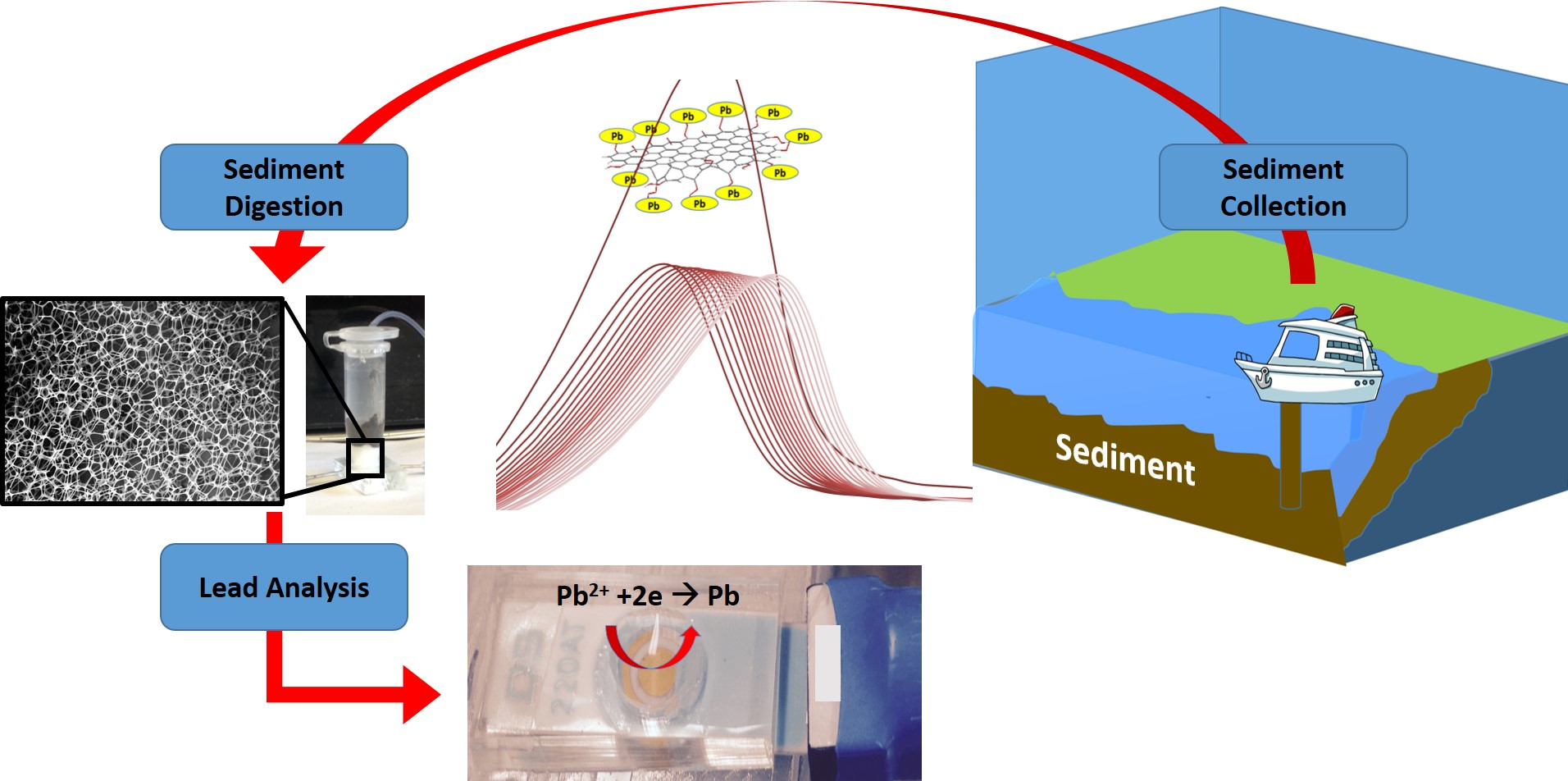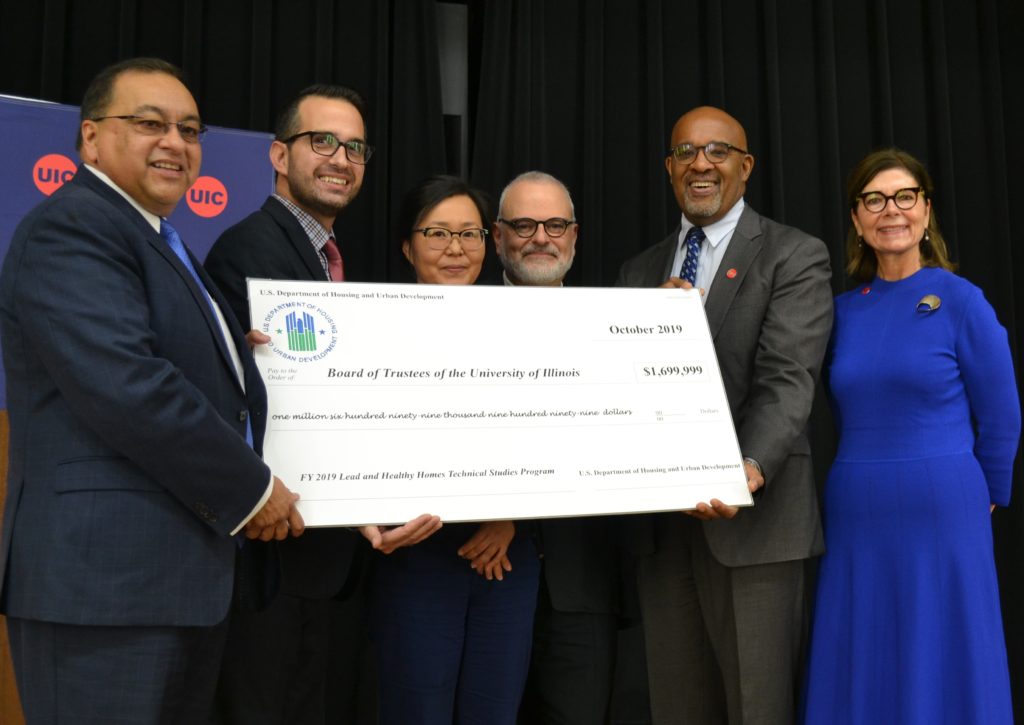Researchers evaluated the prevalence, concentration and tissue distribution of essential and non-essential trace elements, including heavy metal toxicants in tissue (blubber, kidney, liver, skeletal muscle, skin) and fecal samples. Findings reveal how toxicant levels relate to their sex, breed, age and other demographic factors.
Tag: lead
MSU tracking adult lead levels in Michigan
Adults exposed to lead at work can unintentionally bring it home, exposing their families to the highly toxic substance. While preventing lead exposure is always important, Michigan State University and other organizations are urging increased awareness during National Lead Poisoning Prevention Week, Oct. 22 to 28, designated by the U.S. Centers for Disease Control and Prevention.

New research establishes enduring connection between racial segregation, childhood blood lead levels
Living in a racially segregated neighborhood puts Black children at a higher risk of having elevated blood lead levels, and this association has persisted over more than two decades, according to new research from the Children’s Environmental Health Initiative, which is led by University of Illinois Chicago Chancellor Marie Lynn Miranda.
Harnessing Plant Molecules to Harvest Solar Energy
ROCKVILLE, MD – Our current solar panels aren’t very efficient; they are only able to convert up to about 20 percent of the sun’s energy into electricity. As a result, to generate a lot of electricity, the panels require a lot of space—sometimes leading forests to be cut down or farms to be replaced by solar.
Toxic metals in baby food: Researchers find ‘concerning’ gaps in U.S. regulations
U.S. is lacking in the strict regulations for commercially produced baby foods that parents might expect, according to research team that outlined risk prevention strategies for parents and health care professionals.
Mangroves: environmental guardians of our coastline
They are the salt-tolerant shrubs that thrive in the toughest of conditions, but according to new UniSA research, mangroves are also avid coastal protectors, capable of surviving in heavy metal contaminated environments.
Eat your greens and wash them, too
Urban gardeners can reduce lead contamination in foods like lettuce by following some gardening best practices
Rensselaer Scholar Conducts First Sociological Analysis of Lead Residue in Soil; Available During National Lead Poisoning Prevention Week
Lead in soil is a problem that is nearly ubiquitous. It can be found in playgrounds and parks, urban gardens, and backyards in communities around the world. But how do we know just how widespread the problem is? How can…
Pollution expert available to discuss lead poisoning in urban communities
With National Lead Poisoning Prevention Week being observed Oct. 24-30, Gabriel Filippelli, the executive director of Indiana University’s Environmental Resilience Institute, is available to comment on the risks of lead exposure in urban environments and the need for more comprehensive…
For People with Kidney Disease, There Is No Safe Amount of Lead in Drinking Water
• In this analysis of U.S. adults with advanced kidney disease, even low levels of lead in community drinking water had a negative effect on health.
• Higher lead levels were found in the drinking water of predominantly Black communities compared with predominantly white communities.
Novel Research Will Track Lead Residues Across Four Continents
Abby Kinchy, a professor at Rensselaer Polytechnic Institute, will seek to learn how can people try to reduce the harms caused by lead in the soil of their communities with the support of a Scholars Award from the National Science Foundation (NSF).
Overweight Children Exposed to Lead in Utero May Have Poor Future Kidney Function
Overweight children who were exposed to lead in utero and during their first weeks of life have the potential for poorer kidney function in adulthood, according to an Icahn School of Medicine at Mount Sinai study published in Environment International in March.
Translating soil chemistry science to improve human health
Contaminated soils – and foods – influenced by soil factors

New Device Can Measure Toxic Lead Within Minutes
Rutgers researchers have created a miniature device for measuring trace levels of toxic lead in sediments at the bottom of harbors, rivers and other waterways within minutes – far faster than currently available laboratory-based tests, which take days. The affordable lab-on-a-chip device could also allow municipalities, water companies, universities, K-12 schools, daycares and homeowners to easily and swiftly test their water supplies. The research is published in the IEEE Sensors Journal.
Common Fireworks Release Toxic Metals Into the Air
Some of America’s favorite Independence Day fireworks emit lead, copper, and other toxins, a new study suggests. These metals, which are used to give fireworks their vibrant color, also damage human cells and animal lungs.

Is lead contamination ancient history?
Despite the phase out of lead, urban soils a leading source of lead exposure
Flame Retardants and Pesticides Overtake Heavy Metals as Biggest Contributors to IQ Loss
Adverse outcomes from childhood exposures to lead and mercury are on the decline in the United States, likely due to decades of restrictions on the use of heavy metals, a new study finds.
Natural Toxins in the Global Food Supply Continue to Threaten the Health of Underprivileged Communities
Naturally occurring chemicals in the global food supply are known to pose a burden on worldwide health. New studies have found that a certain foodborne toxin, in addition to its known health effects,, is also linked to vaccine resistance, and for the first time the global burden of disease from foodborne arsenic, lead, cadmium, and methyl mercury has been quantified.. The Society for Risk Analysis (SRA) will present new studies as part of its Global Disease Burden Caused by Foodborne Chemicals and Toxins symposium on Monday, Dec. 9 from 1:30-3:00 p.m. as part of its 2019 Annual Meeting at the Crystal Gateway Marriott in Arlington, Virginia. This symposium will provide updates to a 2015 World Health Organization (WHO) publication which analyzed the disease burdens caused by these toxins.

New Research Finds Lead Toughens Up Under Extreme Conditions
In a new paper published as an “Editors’ Suggestion” in Physical Review Letters, a team of researchers from Lawrence Livermore National Laboratory has demonstrated that lead – a metal so soft that it is difficult to machine at ambient conditions – responds similarly to other much stronger metals when rapidly compressed at high pressure.

UIC researchers awarded $1.7M from HUD
The University of Illinois at Chicago received $1.7 million in research funding from the U.S. Department of Housing and Urban Development to study lead and other household health hazards. The funds will support two different projects in Illinois communities.